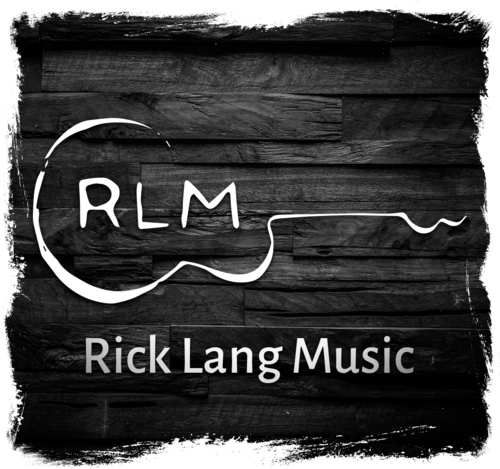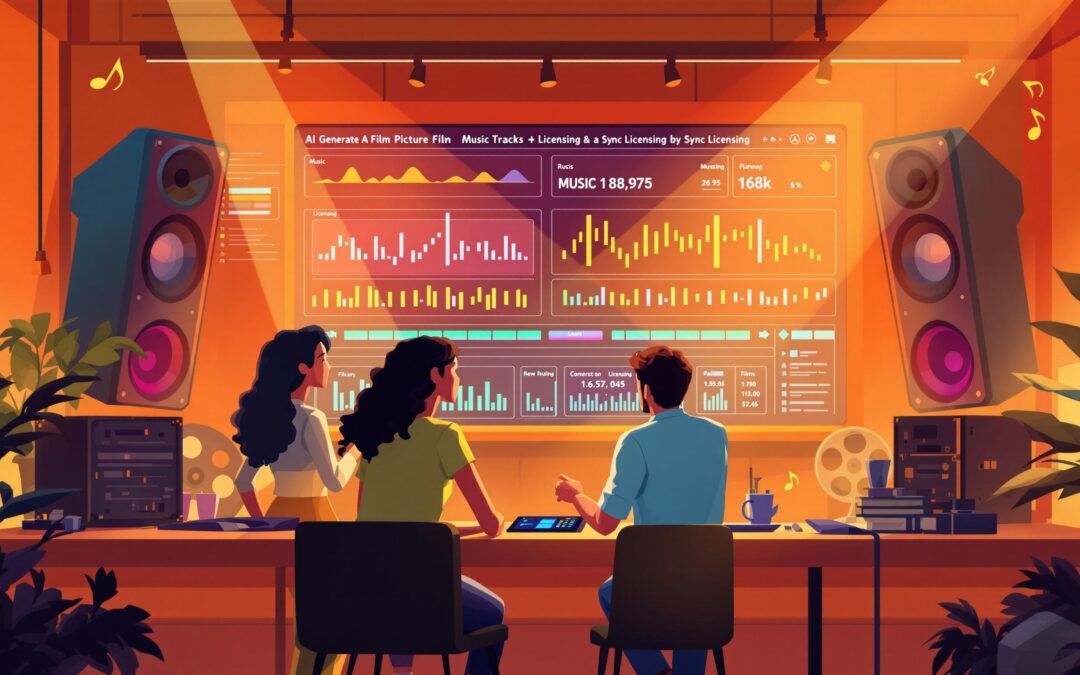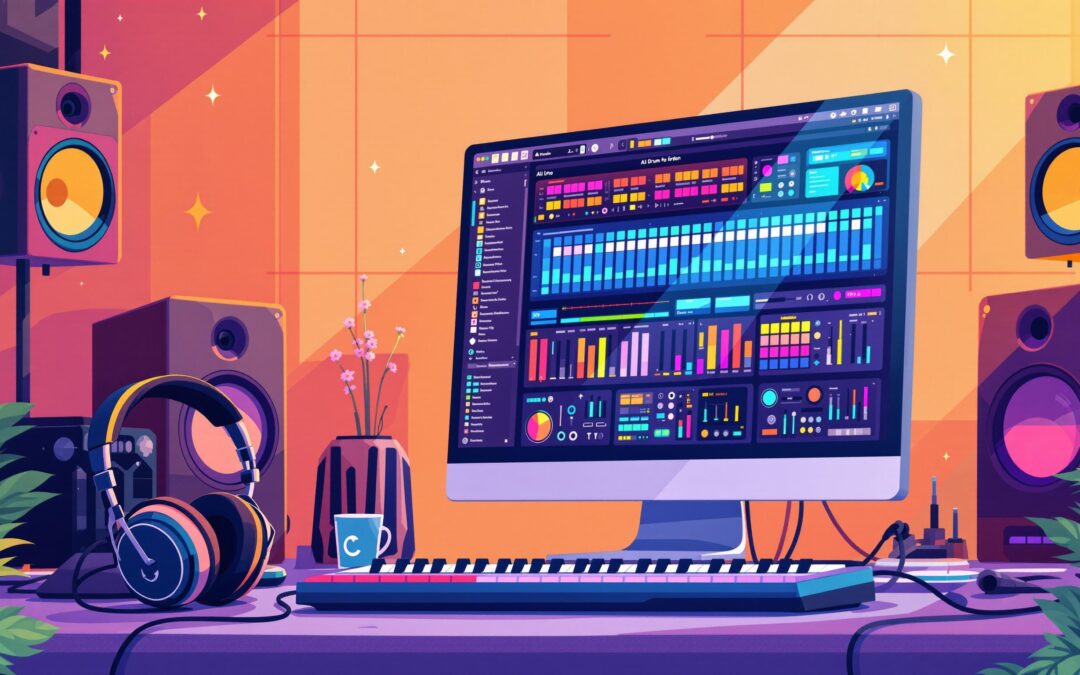Choosing between an indie and a major record label is a big decision for any artist. Here’s a quick breakdown of the key differences to help you decide:
- Resources: Major labels have bigger budgets for recording, marketing, and promotion. Indie labels work with smaller budgets but focus on targeted efforts.
- Creative Control: Indie labels offer more artistic freedom, while major labels often have stricter control over music, branding, and collaborations.
- Distribution: Major labels provide global reach through established networks. Indie labels focus on niche audiences and regional markets.
- Contracts: Indie label contracts are usually short-term and flexible. Major label contracts are long-term, with stricter obligations.
- Marketing: Major labels dominate mainstream exposure. Indie labels rely on grassroots strategies and social media.
- Artist Development: Major labels offer structured programs, while indie labels provide personalized mentorship.
Quick Comparison
| Aspect | Major Labels | Independent Labels |
|---|---|---|
| Resources | High budgets, global networks | Smaller budgets, focused efforts |
| Creative Control | Limited freedom | Greater artistic freedom |
| Distribution | Global reach | Niche and regional focus |
| Contracts | Long-term, rigid | Short-term, flexible |
| Marketing | Mass-market exposure | Grassroots, social media-driven |
| Artist Development | Structured programs | Tailored mentorship |
Bottom line: If you want global exposure and financial backing, a major label might be the way to go. If creative freedom and a closer relationship with your label are more important, consider an indie label. Always align your choice with your career goals.
MAJOR RECORD LABELS vs INDEPENDENT Labels – Which …
Scale and Resources
Money and Budget Differences
Big record labels have the financial muscle to pour money into recording sessions, music videos, marketing campaigns, and tours. In contrast, indie labels operate on tighter budgets, focusing on producing high-quality recordings and targeting their digital marketing efforts. These financial gaps also shape how each type of label structures its teams and approaches promotion.
Team Size and Tools
Major labels boast large teams, with specialists dedicated to areas like marketing, artist development (A&R), legal matters, and production. Indie labels, on the other hand, rely on smaller teams that juggle multiple roles. To keep things running smoothly, they often lean on digital tools that help streamline operations. This efficient setup allows indie labels to stay nimble and get things done, even with fewer resources.
Marketing Power
Marketing is another area where the two types of labels take different paths. Major labels have strong connections with traditional media, radio stations, and streaming platforms, giving their artists prime exposure. Indie labels focus on grassroots efforts, building loyal fan bases through social media and local music scenes. While digital platforms have leveled the playing field somewhat, major labels still dominate when it comes to mainstream visibility and reach.
Artist Freedom
Control Over Choices
Independent labels often allow artists more say in their music and image. This approach encourages them to experiment and develop their creativity in their own way.
On the other hand, major labels bring a lot of resources to the table but tend to have tighter control over creative decisions, such as:
- Choosing songs and production style
- Shaping visual branding and album artwork
- Deciding on artist collaborations
- Managing social media presence
This level of control also shows up in the contracts, which are noticeably different between indie and major labels.
Contract Differences
Independent labels usually offer short-term contracts that are more flexible, giving artists the chance to keep more of their rights. These deals often focus on helping artists grow and include negotiable terms.
In contrast, major label contracts are long-term and more rigid, requiring artists to fulfill specific promotional obligations. While these deals come with access to extensive industry support and resources, they often demand stricter creative control and longer commitments spanning several projects.
sbb-itb-1c6af30
Music Distribution
Major Label Networks
Major labels have established extensive networks for distributing music in both physical and digital formats. Their collaborations with retailers, broadcasters, and streaming platforms enable synchronized global releases and a wide market presence.
Indie Label Methods
Independent labels take a more focused approach, catering to specific audiences and regional markets. They thrive in niche genres and maintain strong ties with local record stores, live music venues, and digital platforms. For physical releases, indie labels often partner with specialized distributors. On the digital side, many use aggregators to distribute music, giving them more control over how their music reaches listeners.
Digital Platform Impact
Digital platforms have revolutionized music distribution by breaking down traditional barriers. Both major and indie labels benefit from access to streaming services, digital stores, and social media, but their strategies differ. Indie labels often rely on direct-to-fan sales, data-driven targeting, and playlist placements to increase song visibility. These tools help indie artists compete effectively, even with fewer resources. By leveraging digital tools strategically, indie artists carve out their space in the industry.
For more tips on navigating the modern music distribution world – from digital tools to connecting directly with fans – check out Write.Record.Release.
Career Growth
Artist Development
Major labels provide structured programs to help artists grow. This often includes vocal coaching, media training, and workshops designed to fine-tune both their sound and public image. On the other hand, indie labels focus on offering personalized mentorship, adapting their approach to fit the unique needs of each artist.
Career Opportunities and Stability
Major labels can fast-track careers by investing heavily in promotion and providing broad exposure. However, this often comes with high expectations for commercial success. Indie labels, meanwhile, prioritize steady, long-term growth. They typically offer more flexible contracts and focus on building loyal fan bases. Understanding these differences can help you choose the right path as you start your career.
Advice for Emerging Artists
When deciding between major and indie labels, think about your goals. If you’re aiming for widespread recognition, major labels can offer the resources to get you there. If maintaining creative control is your priority, indie labels might be a better fit. Regardless of your choice, focus on building a strong online presence. Use social media strategically and aim for placements on curated playlists to grow your audience.
Conclusion
Main Points
Here’s a quick summary of the discussion:
When deciding between indie and major labels, it’s all about weighing the trade-offs. As covered in Scale and Resources, Artist Freedom, and Music Distribution, major labels bring strong funding, global distribution networks, and structured artist development to help you reach a broader audience. However, they often come with tighter contracts and less creative freedom.
On the other hand, independent labels operate with smaller budgets but offer more flexibility and creative control. They focus on gradual growth and personalized development. Thanks to digital platforms, indie labels can now tap into online marketing and distribution to compete effectively.
Here’s a quick comparison:
| Aspect | Major Labels | Independent Labels |
|---|---|---|
| Resources | Strong financial support | Limited budgets |
| Creative Control | Decisions led by the label | Greater artistic freedom |
| Distribution | Global reach, less personalized | Targeted reach, customized plans |
| Artist Development | Industry-standard training | Tailored mentorship |
| Marketing | Mass-market exposure | Focused on niche audiences |
| Business Model | Success through volume | Growth focused on the artist |
Next Steps
Here’s how you can use these insights to make your decision:
- Assess Your Career Stage: Are you at a point where a smaller, nurturing indie label fits your needs, or do you need the resources of a major label?
- Define Your Priorities: Decide how much creative control you’re willing to trade for access to resources.
- Research Success Stories: Look into artists in your genre to see how they’ve navigated this choice.
- Evaluate Your Market: Do you need broad, mass-market exposure or a more focused, niche strategy?
Whichever path you choose, make sure it aligns with your long-term goals. And remember, building a strong connection with your audience and consistently creating content are critical – no matter the label type.











